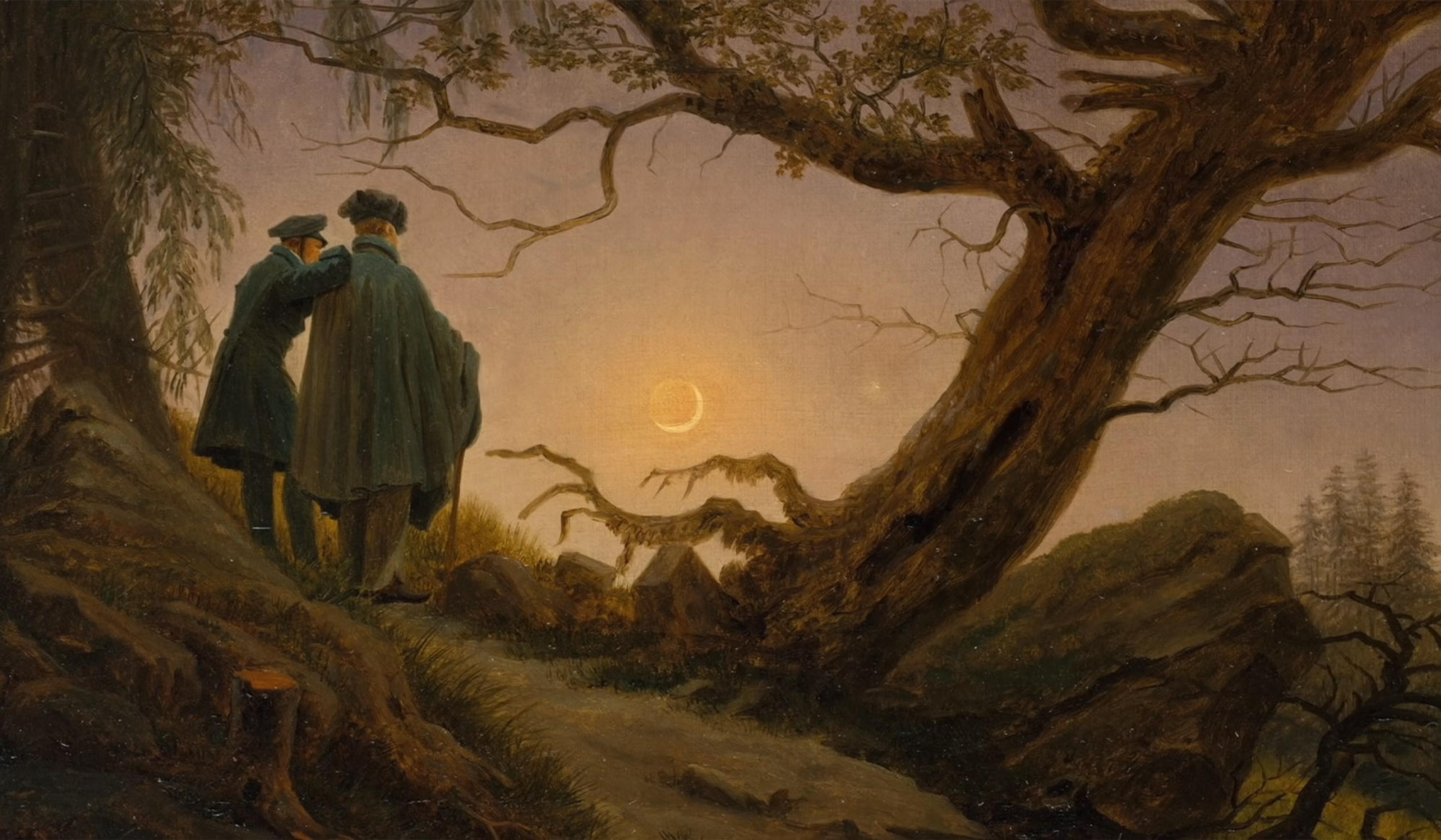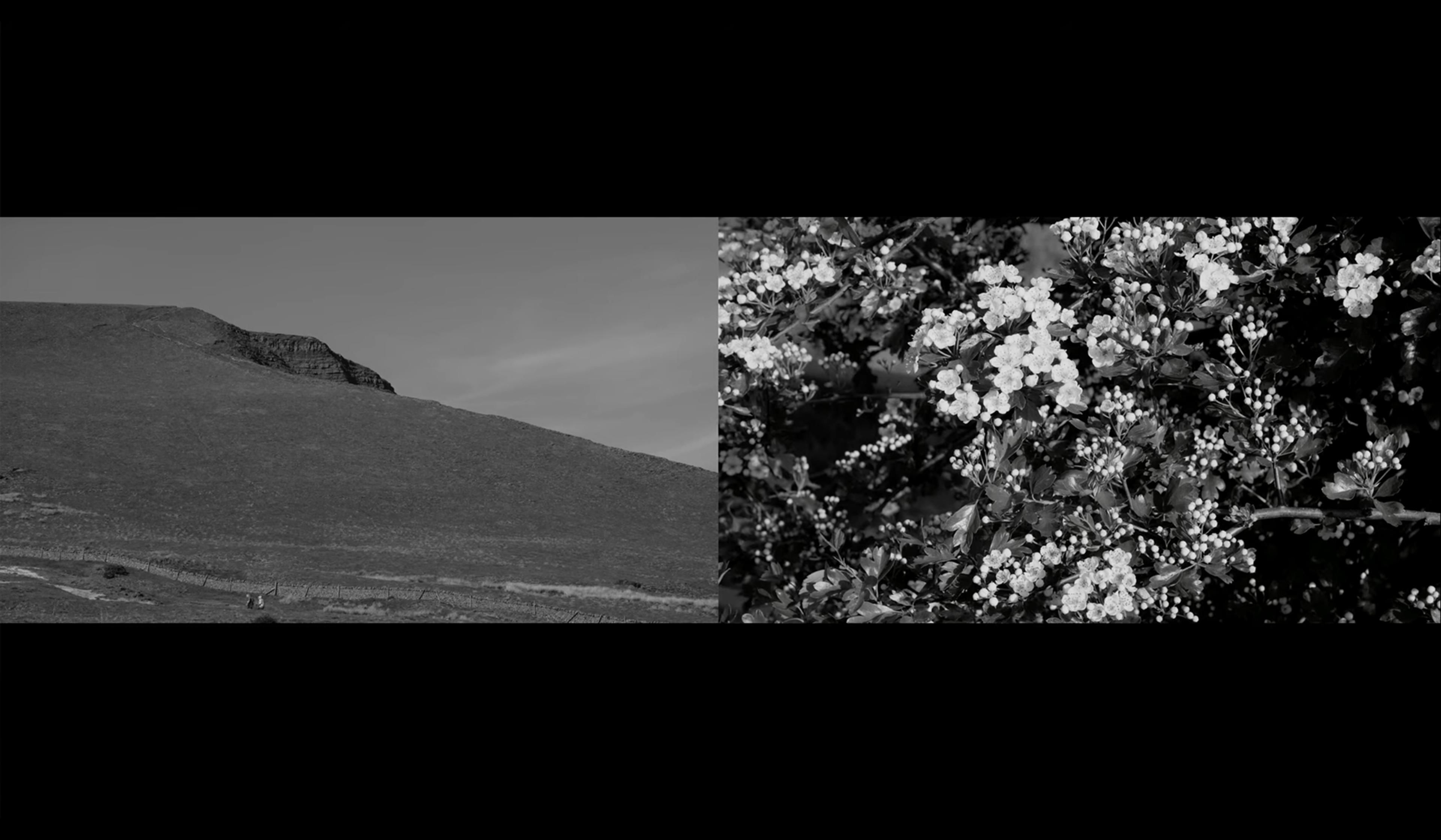One of the most beloved poems by the English poet John Keats (1795-1821), ‘Ode on a Grecian Urn’ (1819) is perhaps best known for its closing two lines:
‘Beauty is truth, truth beauty, – that is all
Ye know on earth, and all ye need to know.’
Referring to the work as ‘arguably the best poem from arguably the best Romantic poet’, in this video essay Evan Puschak (aka the Nerdwriter) offers a stanza-by-stanza breakdown of Keats’s words, which revolve around a speaker contemplating the meaning of the images painted onto an ancient Grecian urn. Highlighting how the poem contrasts the ephemeral realities of life with the seemingly eternal beauty of art, Puschak makes an apropos case for the work’s own enduring power.








